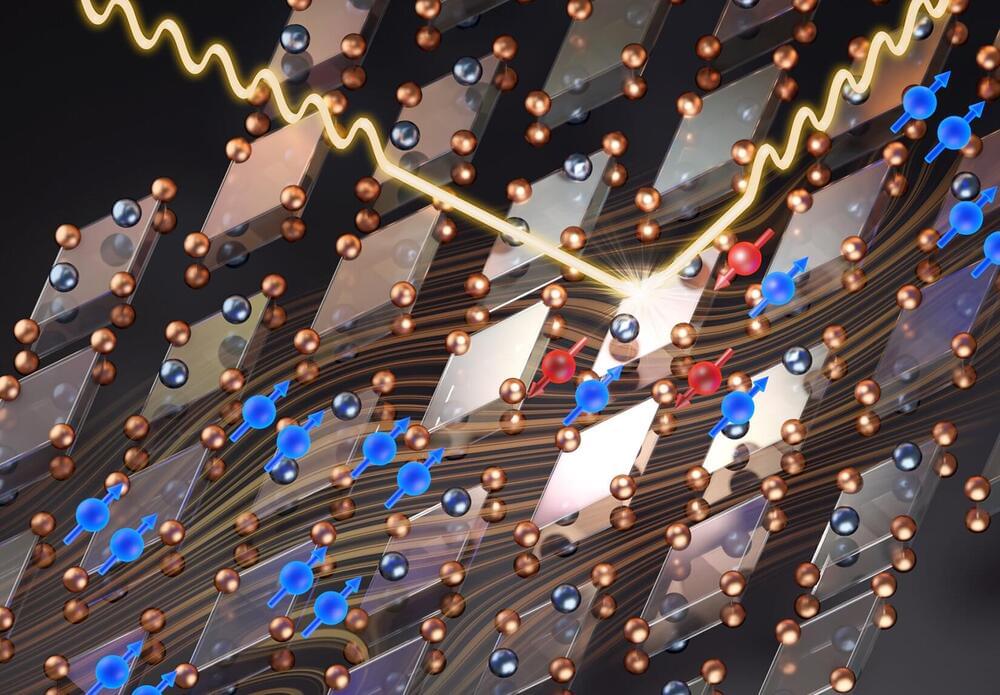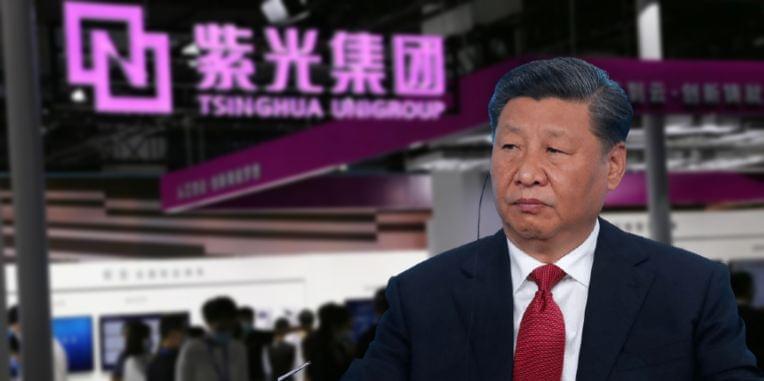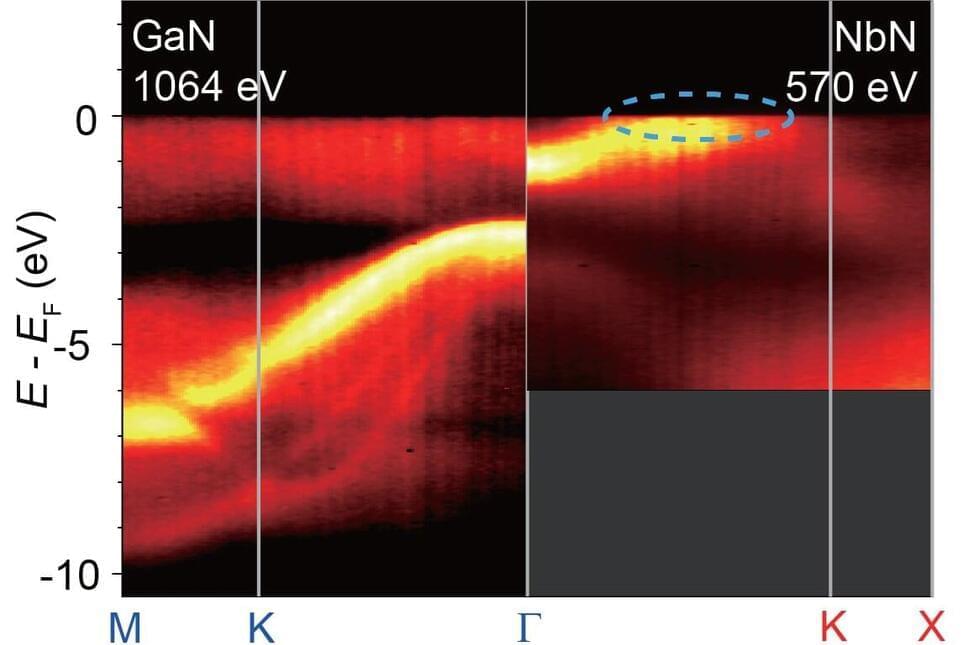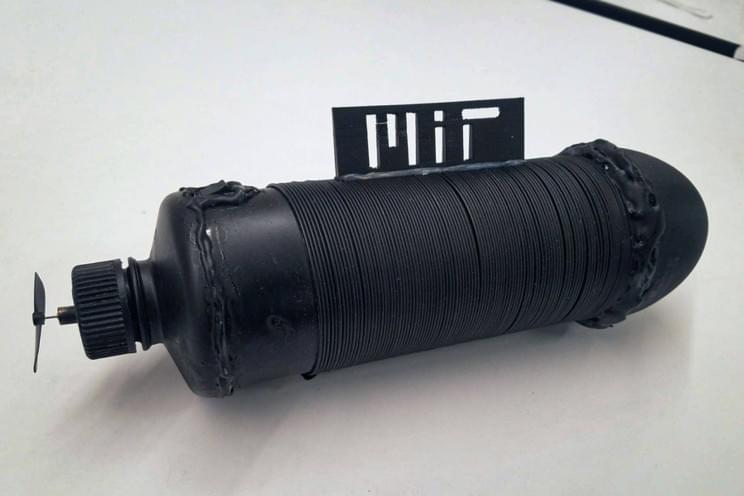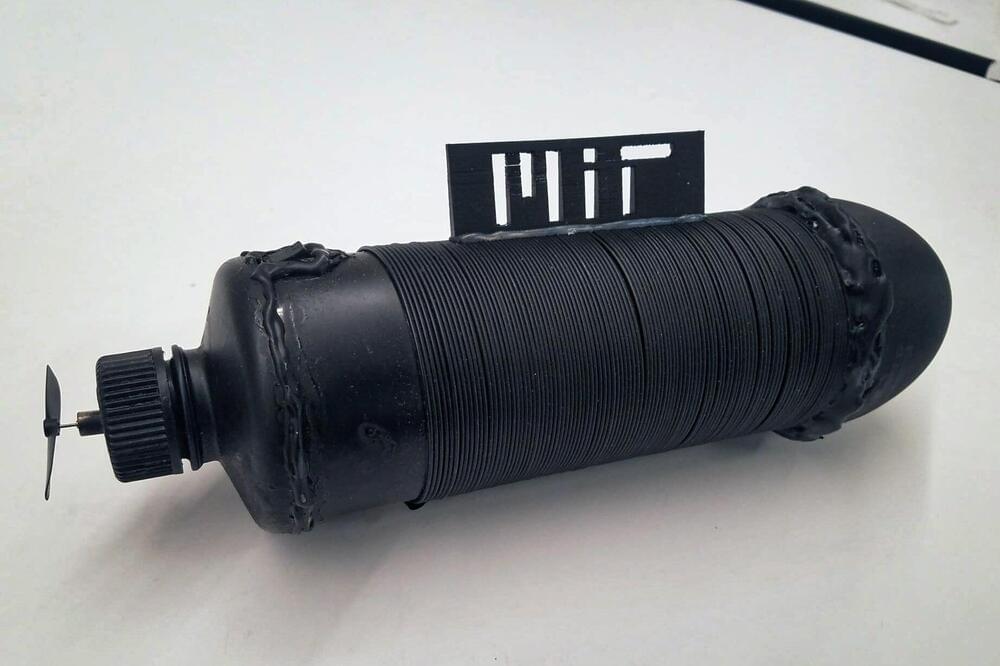A Rice University-led study is forcing physicists to rethink superconductivity in uranium ditelluride, an A-list material in the worldwide race to create fault-tolerant quantum computers.
Uranium ditelluride crystals are believed to host a rare “spin-triplet” form of superconductivity, but puzzling experimental results published this week in Nature have upended the leading explanation of how the state of matter could arise in the material. Neutron-scattering experiments by physicists from Rice, Oak Ridge National Laboratory, the University of California, San Diego and the National High Magnetic Field Laboratory at Florida State University revealed telltale signs of antiferromagnetic spin fluctuations that were coupled to superconductivity in uranium ditelluride.
Spin-triplet superconductivity has not been observed in a solid-state material, but physicists have long suspected it arises from an ordered state that is ferromagnetic. The race to find spin-triplet materials has heated up in recent years due to their potential for hosting elusive quasiparticles called Majorana fermions that could be used to make error-free quantum computers.
